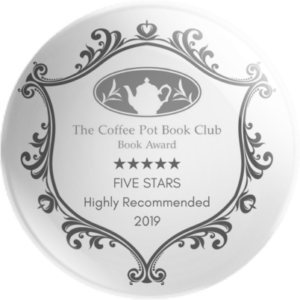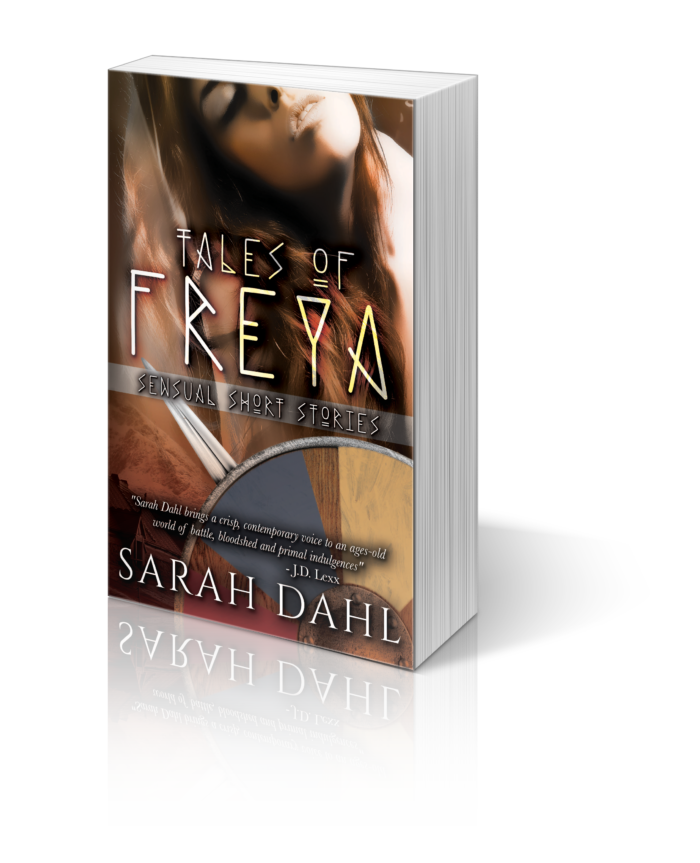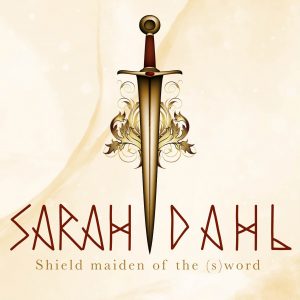Publishing under pressure — Part 2: Research!
This post is about how to “do your homework” when the pressure is on, and you, let’s say, want to publish a book within, let’s say, one week (ahem), from start to finish. Meaning, from the first word you put down to hitting the button “publish now”.
How can you stay on track and not sacrifice your quality of research for the cause of a quick publication?
You need to organise and think, make a short outline, take notes, not only on storyline, but also on the facts that need checking. For me, the research HAS to be at least unchallengeable in its major findings. As a historical writer, I put a whole “different” world onto the pages, and people need to understand it as much as they need to agree with the logic of things. Reading my own sentence here: this applies to all genres, not just historical.
So after a brainstorm and notes and ideas and pantsing my way along the first pages … you get the flesh of your story, the characters, their actions, the twists and turns that could make a story (a novella in my case) exciting. You can choose to either just write it all down without detouring onto the research-road just yet, or you do it right when something needs factual support, and then write on. I do a mix of both.
- The general environment and habitus of the people is clear for me. Knowing the basics gives a writer room to manoeuvre freely. I write mostly about the Viking Age, so I just have to decide exactly which period I need and what the circumstances were then. In the case of “Yule Flight” it had to be the time of early religious clashes between Vikings and Christians, the old gods and the new one. I chose the days of King Haakon and injected the characters with thoughts, emotions and beliefs they might have had in those times of upheaval. I took sides through their eyes and avoided cliché. I still had to research minor things for my general setting and time. If in doubt, double-check. But all in all, working with my “expert” period gives me freedom and I can set up interiors and describe clothing etc. without any research. I can — and encourage other authors to! — even be a little daring at places, where I can just assume that things were as I say, but it cannot be proven right or wrong. I had a lively discussion with a fellow writer about Viking ships and their ability to moor in harbours with actual piers. My research suggests that they could, and their towns had piers. But maybe they still preferred to land on a beach or other shallow spot. I can’t imagine them unable to tie up like any other trading ship of the time. I didn’t need ships for my story, btw, it was just a discussion that came up for my fellow writer’s book and showed that there is room for interpretation within the factual boundaries. HER Viking captain could be a person who simply prefers to land the “Viking way”, on a beacch, whenever he can, to spare his ship damage. Nobody could argue with that. If you move within your well-researched realms, you definitely have room for your own interpretation of things, as long as you can’t actually be proven completely wrong, and you can of course discuss your take on things with other experts. That’s part of the fun!
- The new and, for my story, central ideas I had to research were the Christian bits. My protagonist would be a recent convert, he would be proud and outspoken about it. So I had to do my homework and dive into the early days of Christianity in Scandinavia, the rites and rituals and core beliefs. His appearance and demeanour would be different to that of his fellow Vikings, too. The cross he wears is a central ingredient of the story and major dialogue hook. I had to get none of this wrong! I tried my best and worked from more general sites to the expert ones, diving deeper and deeper into the subject, scanning for the ingredients I’d need for my story. The cross, clothing, rites, Jesus’ words. The Viking — rather tolerant — reaction to him had to be right, too. I printed and marked the information I’d need and looked for agreements with what I had in mind or already written down, and if there was disagreement, or faults on my side, I had to sort these out.
- Then I had my story checked by a beta-reader and my editor, who knows more about early Christianity than I do. We discussed opinions, my execution and alternative ways of describing things. And even when I was factually right, I was forced to defend my research findings and why I decided to write something as I did, but that only made me nail a fact better, clearer for the reader to understand! Your discussion partner doesn’t need to be an expert with even more knowledge about your period, but just someone who picks out the critical information and challenges your take on things. Then you can defend your findings and either prove them with a reliable source — or you manage to manoeuvre within the boundaries of “possibility”: you stick to the facts, but interpret them freely, so that you cannot exactly be proven wrong, but give your own — plausible — version of things. When you cannot agree with your critique partner, or are proven wrong, you’d have to rethink your version and find a way to work around the problem.
- As a last step, I try to inject more “flavour” into a story by infusing it with little research gems that add atmosphere, depth, emotion, surprise, etc. Something rather unexpected for the reader, a little detail that shows more about the time/people/mindsets. For example, I let the chieftain drink from a crystal glass, where his warriors had their drinking horns/mugs. The latter was to be expected, and the former showed that their boss was a) rich, b) far-travelled, c) valued its beauty and/or wants to show off. It’s a status thing. All information put into one small glass — and the reader can draw conclusions.
And then something went completely wrong (and this is my anecdote for you):
I also wanted to add more atmosphere and a metaphor by having the nightly sky flicker with bright, green aurora borealis, the northern lights of Scandinavia. I imagined how my protagonist would lean outside the great hall, all alone in the dark, brooding, with these impressive spectacle above his head. It should also show his own turmoil, the beauty but also mystery these lights had to hold for the Vikings. I almost wrote the scene, then decided a little more research would do no harm. And I saved my ass!
I didn’t realise that the Vikings rarely, if ever, mentioned the aurora. Also other sources don’t — not for my period. I was taken by complete surprise. Some good sources assumed — with astronomical proof — that in these days, the aurora probably wasn’t as frequent and strong as we experience it today! The Vikings very well may not have known or taken much notice of it! Such a shame. My great image of the hero under the flickering lights was in pieces. But hey, that’s how research sometimes goes. I think I could have added my aurora and just waited for someone to challenge me. Or I could go with my own findings and admit that it would be at least a little daring to have northern lights illuminate my setting and impress my heroes … when there was proof that in Viking times this phenomenon didn’t exist — at least in the intensity we imagine, and my readers would imagine. So I left it out. With a hard swallow.
I will never know if this affects my story in that it now lacks something. I have learned something for future stories here: never use a bright aurora in Viking times. And always do your research! Even when you think you don’t have time, or that you know it already.
You could always be proven wrong.
I am curious to know how you approach your research, and especially when pressed for time. Which priorities do you give? Where were you surprised by findings you thought you knew? Did you go completely wrong somewhere — maybe you have a funny anecdote to share with us?
I’d love to read it all in the comments or an email!




Comments (0)